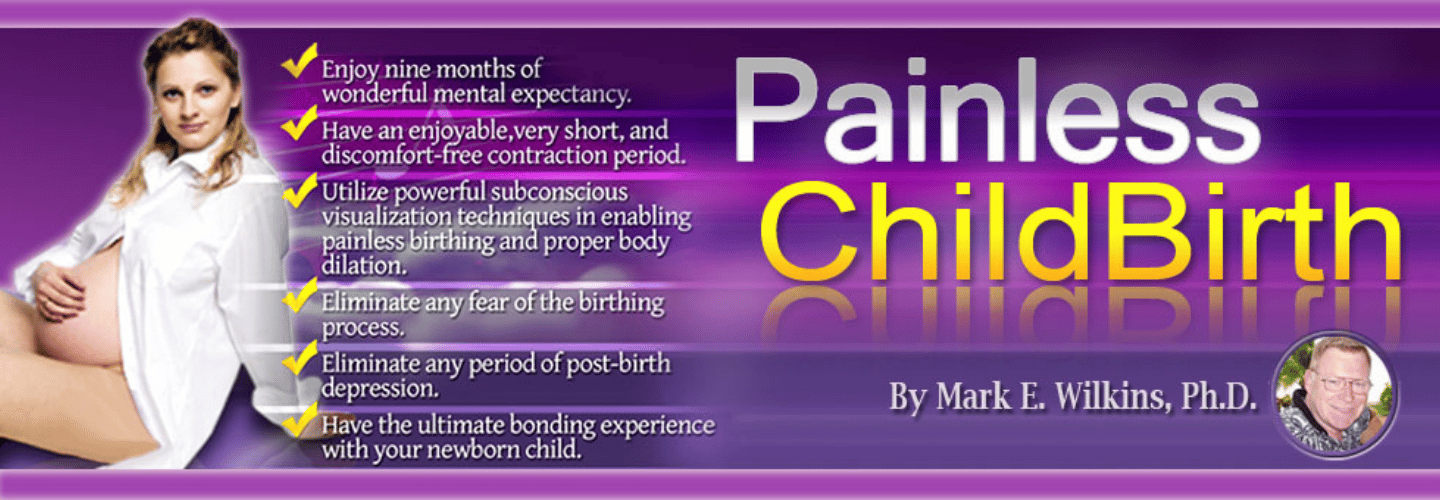
Putting Your Baby to Sleep: Some Advice and Good News
When you see your kid sleeping, your heart expands with love. When putting your baby to sleep, they appear very innocent and adorable. When you can’t get them to sleep through the night, when you want them to nap, or when they need to sleep, your heart may race.
By being aware of which aspects of your baby’s sleep schedule are in your control and which are not, you may reduce stress and be better prepared to establish one. Those whose infants sleep through the night feeling as though they have accomplished something significant, while those whose infants don’t frequently question whether there is a problem with their infant or parenting.
It’s always fantastic to learn that your kid is well, but for some parents, it can be discouraging to know that getting a whole night’s sleep may take longer than they had thought.
Understand Your Baby’s Sleep Needs
Your newborn’s need to eat precedes their need to sleep for the first two months. If you bottle-feed them, they may only need to eat every couple of hours or less frequently if you are nursing.
Your infant may sleep for 10 to 18 hours daily, occasionally for blocks of 3 to 4 hours. However, infants are incapable of distinguishing between day and night. They, therefore, don’t care what time it is as they sleep. Your infant may be wide awake between 1 and 5 in the morning.
Start a Routine
The first step to assisting your infant in falling asleep is establishing a night-time routine. Environmental signals are one way a new born learns when it is time to sleep. A study including 405 mothers and kids between 7 and 36 months discovered that children who had a regular bedtime routine quickly fell asleep, slept better, and woke up less frequently at night.
Some parents provide a night-time ritual to their infants as early as 6 to 8 weeks. Any mix of normal night-time activities can be incorporated into your baby’s routine.
Put Your Sleepy Baby to Bed
When your kid is between 6 and 12 weeks old, start soothing them until they fall asleep. Put them down when they are about to fall asleep and let them drift off on their own. Don’t hold them in your arms until they are soundly asleep; if you wait, this behavior could be difficult to break later in life.
Thanks to this practice, your baby will learn to calm themselves before bed, so you won’t have to rock or snuggle them to sleep every time they wake up. Try changing your child’s bedtime earlier rather than later if they have problems falling asleep. It can be challenging to fall asleep when you’re exhausted.
Don’t Feed to Sleep
Turgeon says, “Newborns frequently doze off while eating, so I don’t want anyone to worry about it. However, if your baby often nods off during feedings, they may believe they need to eat to fall asleep again. To solve this problem, start moving the meal earlier and earlier until your baby can handle it.
Then, end the routine with a soothing song and book, and put the child up while they are still awake but drowsy. While you might still need to get out of bed at night to feed, this time, it will be for hunger rather than comfort.
Give Your Baby Attention During the Day
According to experts, providing your kid with plenty of attention and stimulation throughout the day can make them feel safer, calmer, and ready for bed at night. Hold your little ones close, cuddle them, engage in playtime, and communicate with them. Once your baby has had enough love and attention while awake, it may be more likely to fall asleep.
While your kid is being fed or having a diaper changed in the middle of the night, keep your distance. So that your child learns to identify the day with activity and excitement and the night with sleep, keep these required encounters calm, brief, and “boring.”
Work With Your Baby’s Preferences
It might be advisable to accommodate your baby’s night owl or early bird habits, even though this may sound okay. To benefit from when your baby feels naturally sleepier, think about altering their sleep routine.
This lets your child sleep when they want to and avoids forcing them to go to bed when they’re not exhausted and more likely to object.
Coping with Disturbed Nights
Newborns wake up several times at night for the first few months after birth. Disturbed nights can be pretty tricky to handle. Ask your partner for assistance if you have one. Encourage your spouse to split the feeds if you are formula feeding.
If you are breastfeeding, request that your partner take care of the early morning, getting ready and change so you can get back to sleep. Once you and your baby have settled into a solid breastfeeding rhythm, your partner may want to supplement your breastfeeding with the occasional bottle of expressed breast milk. Ask a friend or family member to stay for a few days if you’re on your own so you can get some rest.
Swaddle Your Baby
The swaddling method is excellent for infants if you’re wondering how to get a newborn to sleep. Many newborns and infants, when swaddled, go to sleep more quickly and stay asleep for longer.
Because their bodies are still growing, infants lack motor control and frequently twitch, thrash, and move their legs unintentionally when sleeping. Swaddling can be an excellent answer since it offers them warmth and security and prevents their arms and legs from moving around too much, which can unintentionally wake them up.
Conclusion
When learning to put a baby to sleep, the best advice is to allow it some time. Your baby may find falling asleep simpler and getting used to a sleep schedule if you use our guidance and methods.
Think about things like establishing a calming bedtime routine, modifying nap and bedtime schedules to fit your baby’s natural sleep schedule, and showering your child with love and attention when awake. All of these methods might make it easier to get ready for bed.




